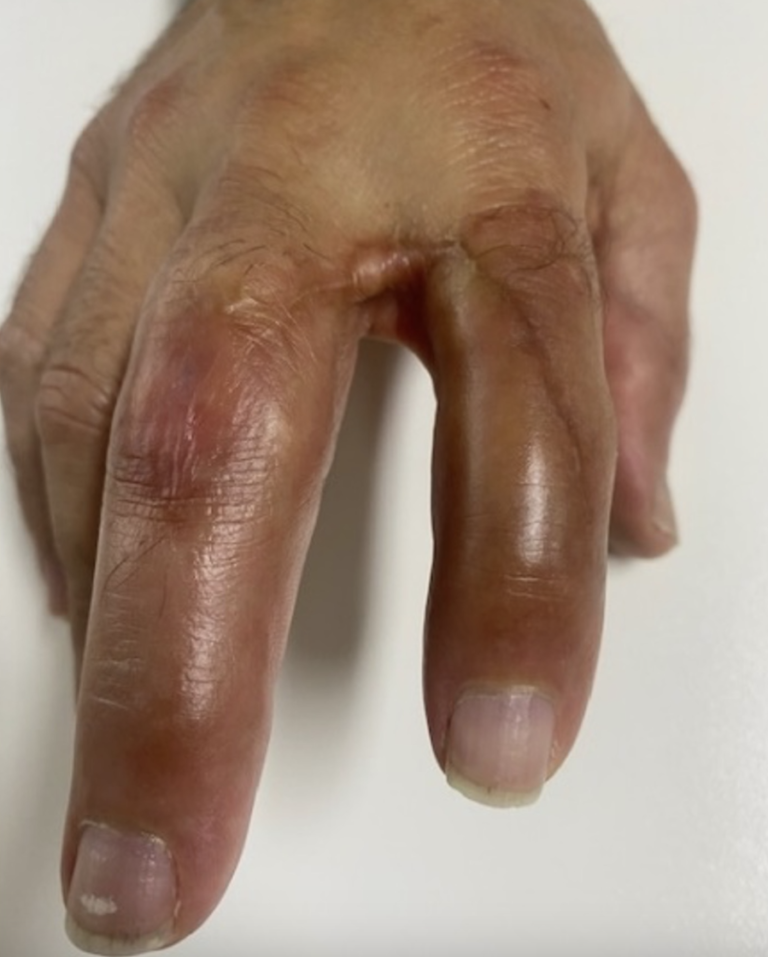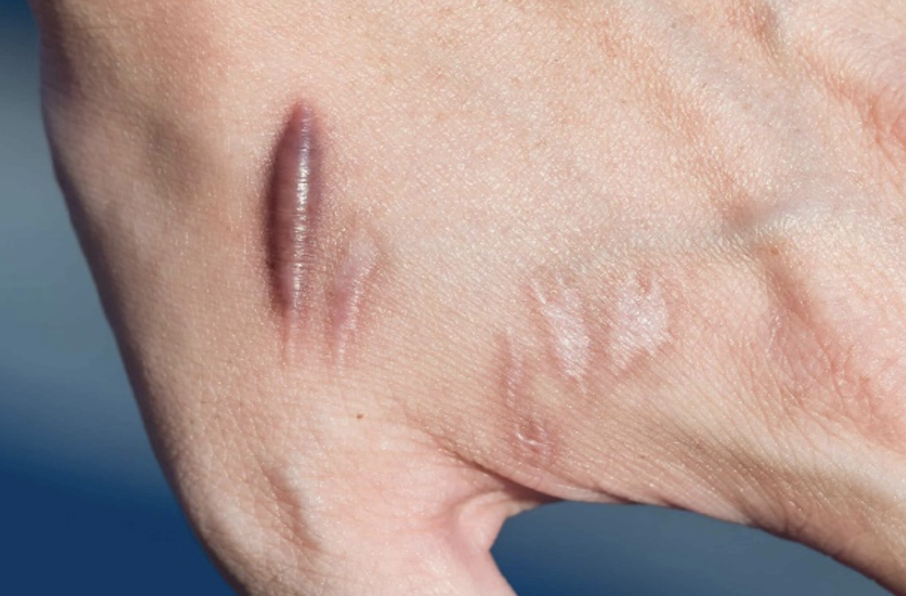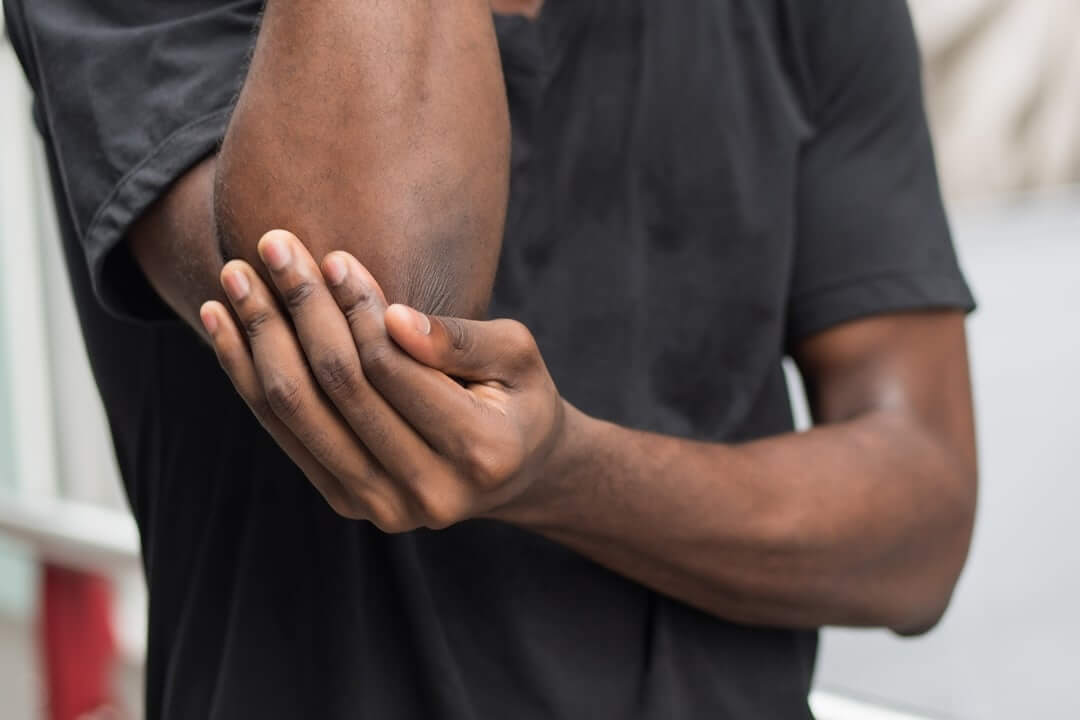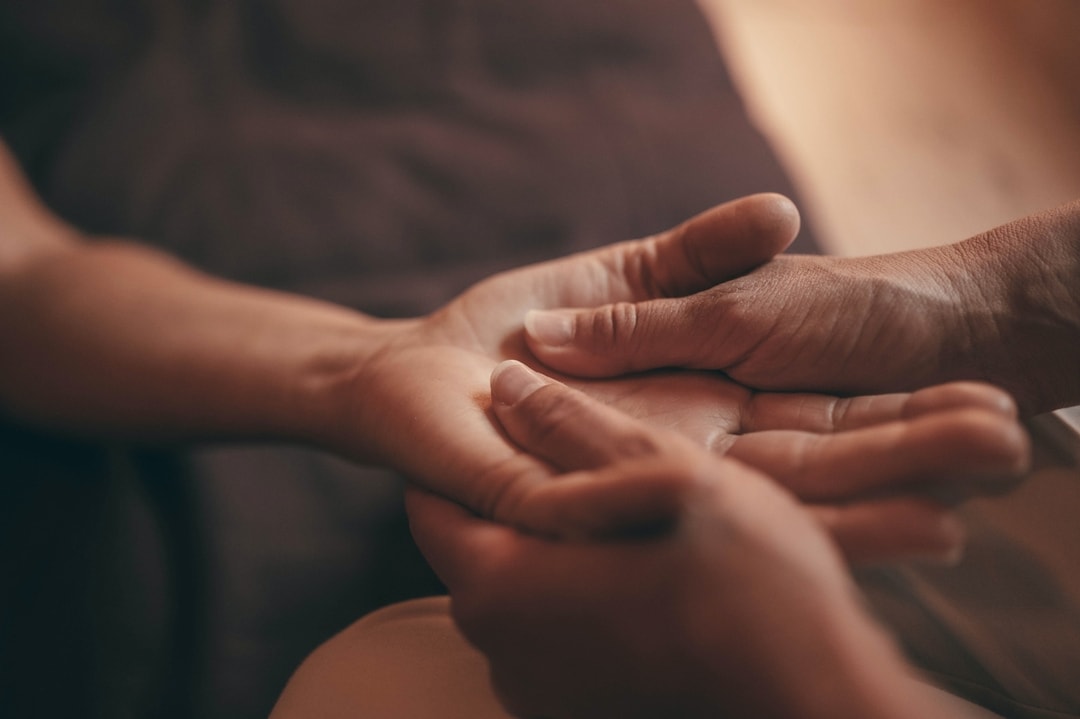Hypertrophic and Keloid scars are variations to the scars formed in the natural healing process. They are natural and formed in a response to an injury
5 min read 11 Aug 2023
Introduction to Hypertrophic and Keloid Scars
Hypertrophic and Keloid scars are variations of the scars that develop during the natural healing process. Scars are a body’s natural response to injuries, and understanding their formation and management can help ensure optimal recovery.
The Phases of Scar Formation
Scars mature through a series of stages, each vital to the wound healing process.
The Inflammatory Phase (0-7 days)
During the initial inflammatory phase (0-7 days) of healing, tissues are primarily held together by sutures, screws, wires, plates, or external support. The body releases a multitude of chemicals to start the healing process. It’s crucial to stabilise the wound in this phase to reduce scarring.
The Repair Proliferation Phase
As the scar transitions from red to pink and the sutures are successfully removed, with the skin holding together well and a significant reduction in pain, the tissue enters the repair phase of healing. During this phase, collagen, which gives the scar its structure, begins to mature with fibres laid down in random orientations. Cells proliferate, new blood vessels emerge (angiogenesis), and repair chemicals play a predominant role.
Re-modelling Maturation Phase
When the swelling diminishes and the scar becomes pink and malleable, the tissue advances to the remodelling phase of healing. In this stage, intermolecular cross-linking between collagen fibres takes place, bolstering the tissue’s tensile strength. As the weaker collagen is supplanted by its stronger counterpart, therapeutic attention shifts towards collagen alignment and tissue differentiation. This emphasis on therapy involves increased resistance and repetitive force. Typically, this phase initiates around six weeks post-injury and can extend up to 18 months, especially when nerve repairs are concerned.
Stages of Skin Healing – Formation of Hypertrophic Scaring (Shirakami, et al.,2020)
Identifying Hypertrophic and Keloid Scars
Monitoring your scars is essential as early intervention can minimise their severity. Both hypertrophic and keloid scars arise from increased collagen production and reduced scar breakdown chemicals, leading to excessive scar formation. Their formation often has a genetic component.
Hypertrophic Scars


Keloid Scars
Symptoms Associated with Keloid or Hypertrophic Scars
Individuals with these scars might experience:
Management and Treatment Recommendations
Depending on the scar’s location and the initial injury, treatments can vary.
Suggested Treatments
After your appointment at The Hands Physio, you will also receive guidance on managing your scar at home.
Caring for Silicone Applications
By following a hand therapist’s recommendations, you should see a visible reduction in the scar’s redness, sensitivity, and hardness. While scar management might be needed for up to three months, complete maturation can take between one to two years.
Conclusion
Scars are a natural part of the healing process, but with the right knowledge and intervention, their appearance and associated discomfort can be significantly reduced. For further information and treatment options, please contact us.

Acute pain is when the body is working to heal structural tissue damage. Everything is done to ensure structural and mechanical integrity if maximised of the injured tissues.

Most wounds recover in the repair phase of healing. Our therapists look after your wounds by providing dressings that are applied with a sterile technique to avoid infection.

Joint mobilisation involves moving the joint back and forth in small oscillating movements further and further into range to restore the joints normal movement.

Massage helps to improve blood supply to the injured area, helping you recover faster.

Exercise is the body’s natural way of restoration to improve stability, mechanics, strength and movement to an injury. Whether the injury is from overuse, trauma, disease or surgery exercises are necessary to restore function.

Stretching is extremely beneficial for our joints, muscles and tendons. Not only do they help prepare your body work/exercises they ensure you are working at your optimum energy efficiency.